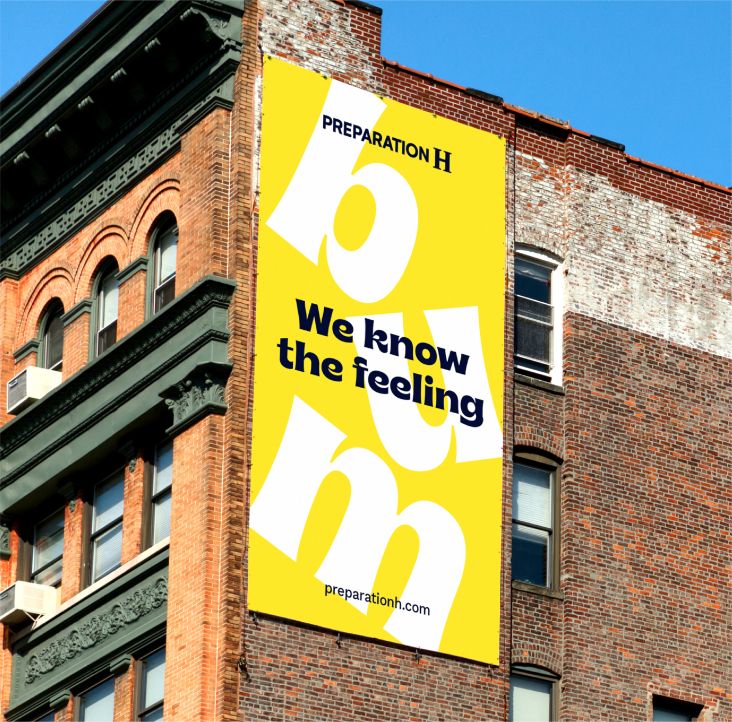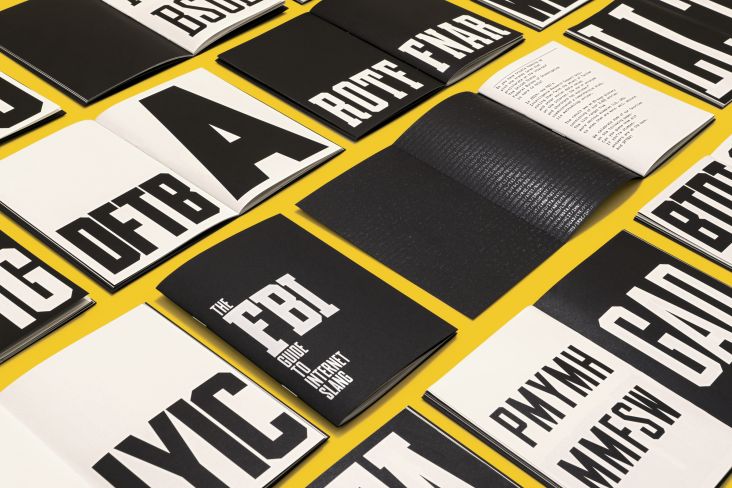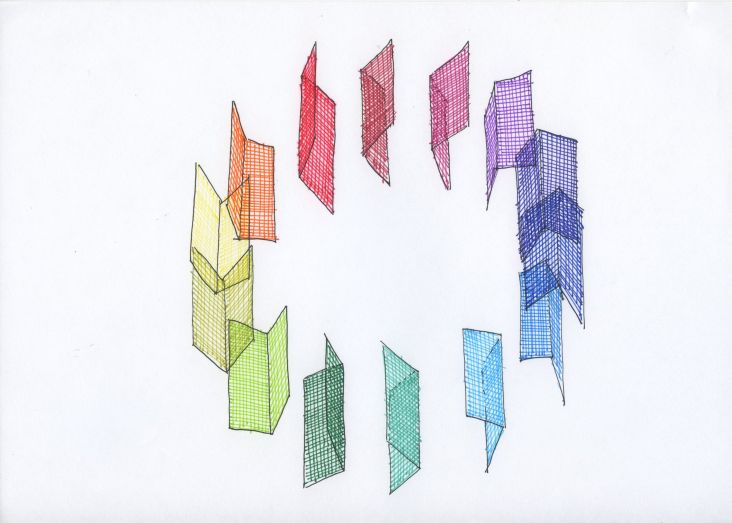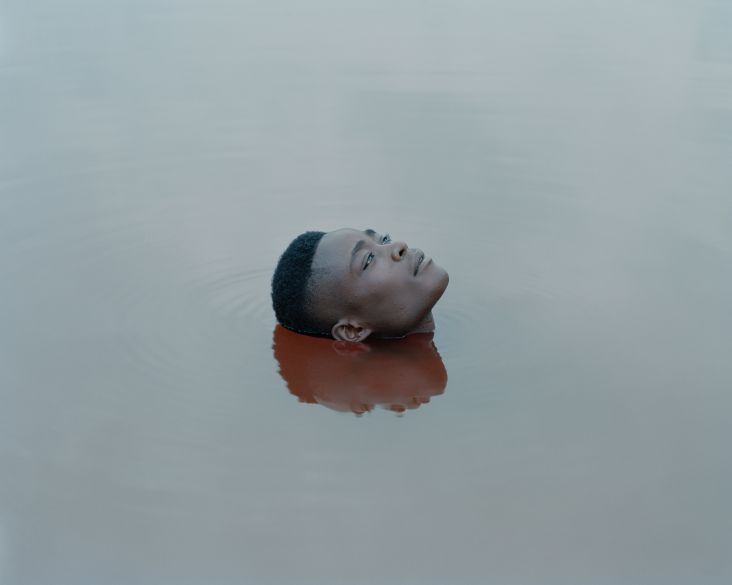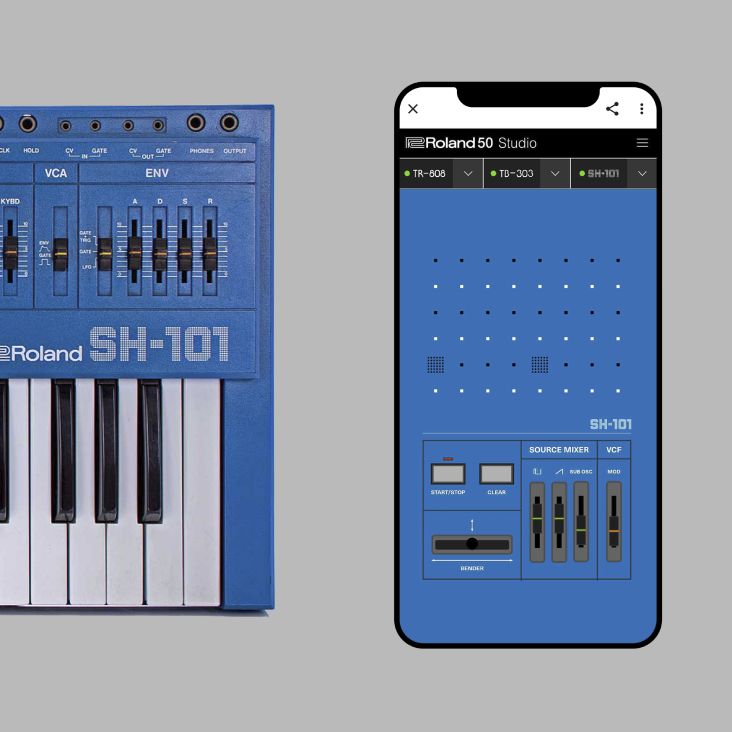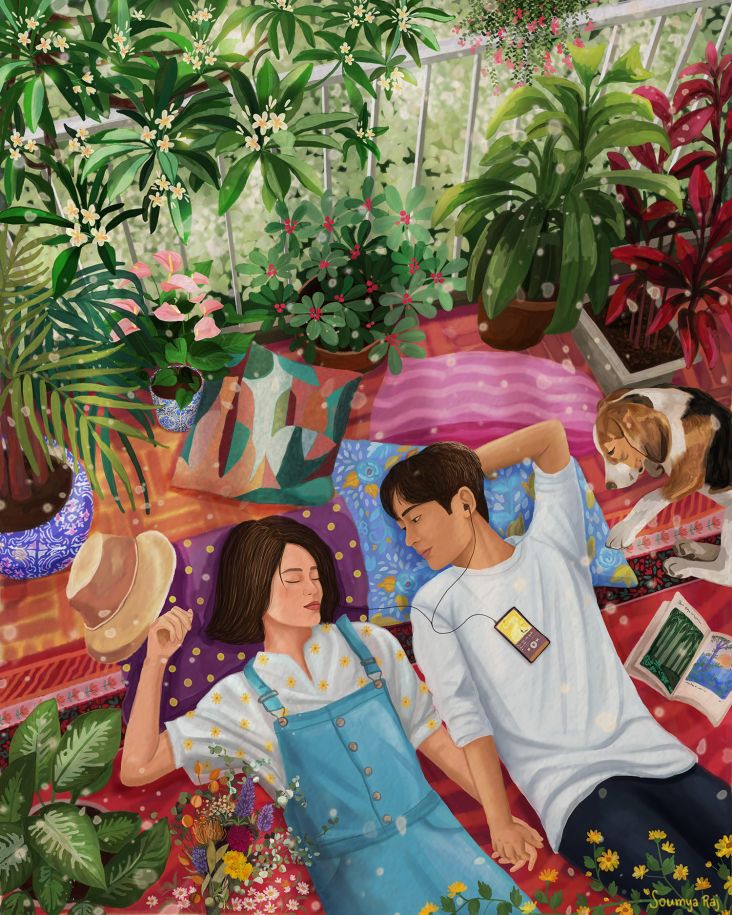Lubberland: Harry Rüdham's new exhibition is an intricate world of colourful delights
Taking its inspiration from medieval Swedish myths, Lubberland is the latest exhibition by London-based artist Harry Rüdham. Featuring 16 paintings and two innovative paper works, his intricate creations turn the human body into abstract patterns that appear to cascade before the viewer.
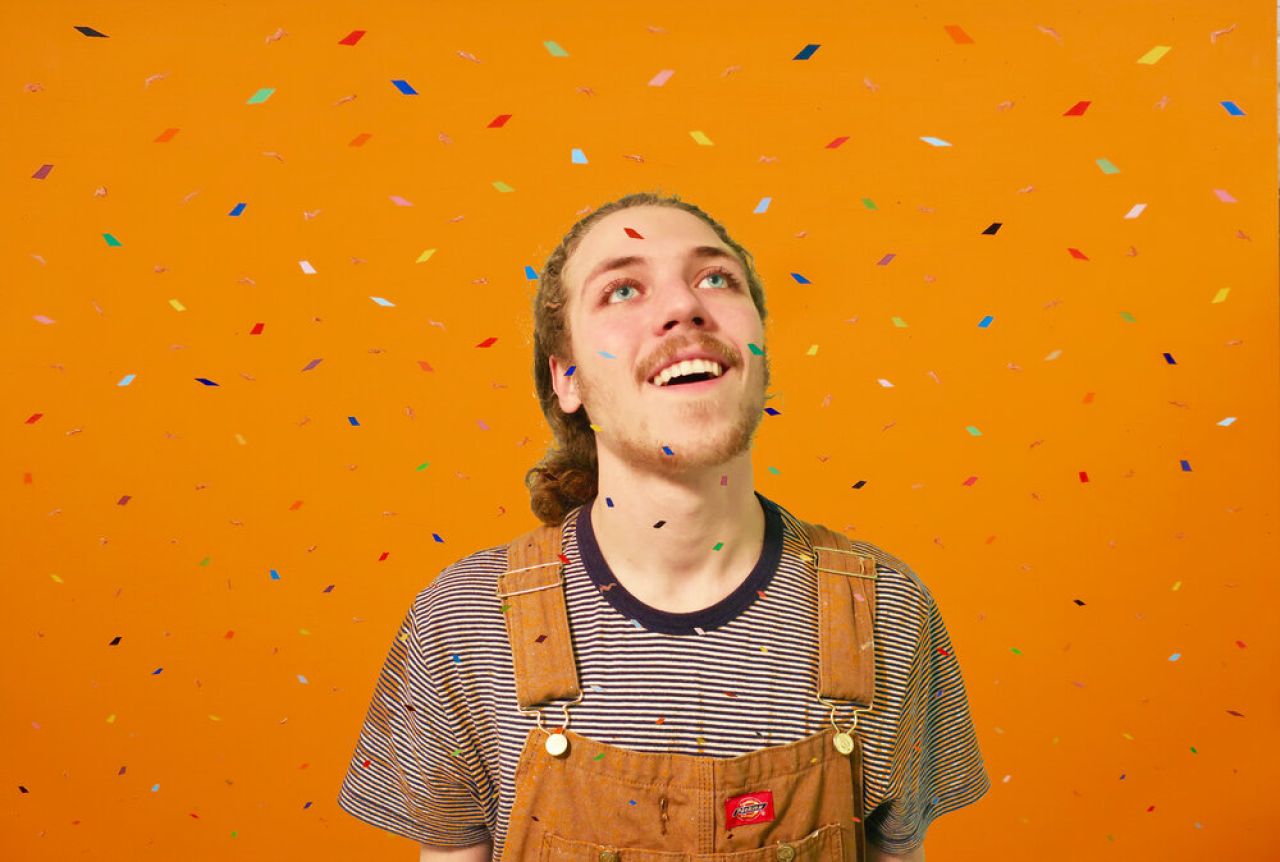
Running at Grove Square Galleries until 2 April 2022, Lubberland is named after the Swedish name for 'Cockaigne', a mythical land of plenty which was first immortalised in the 1685 broadside ballad 'An Invitation to Lubberland'. Roughly translated to 'Lazy Land', Harry's exhibition follows the tale's themes of yearning for an idyllic world of ease, abundance and human connection.
To achieve this, Harry's paintings depict crowds of intersecting figures which appear to float and fall in repeated silhouettes. When viewed from a distance, they appear to merge into a whole, creating a sense of joyful optimism but also foreboding. With the likes of Hieronymus Bosch's The Garden of Earthly Delights and Matisse's Bonheur de Vivre providing inspiration, the mass of human bodies can be read as either journeying down to Hell or drifting up into Heaven.
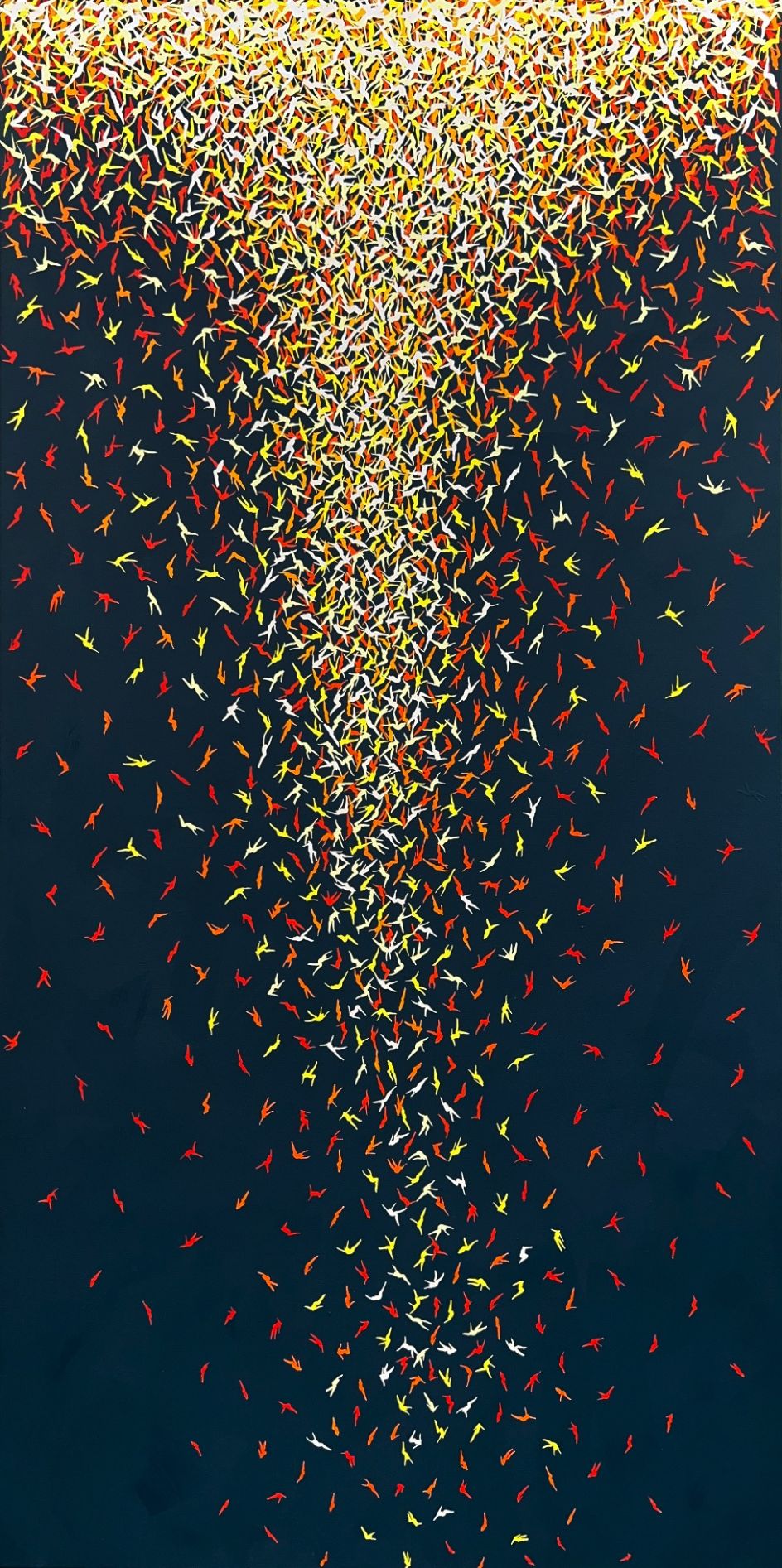
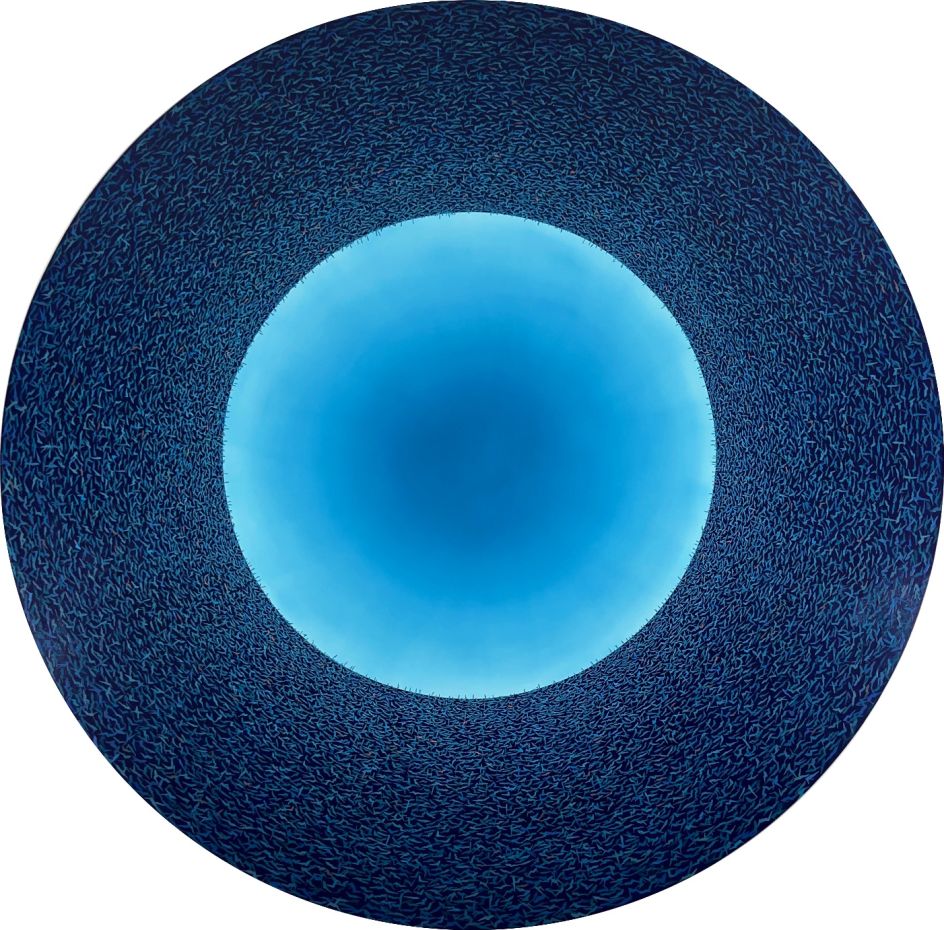
Speaking to us from his studio near Angel tube station - which thankfully is not too badly shaken by the trains rumbling underground - Harry tells Creative Boom how looking for ideals of a perfect land appear to be a prevalent concern at the minute.
For Harry, creating art for the exhibition was "a bit of an escapism" from the ordeals of the last two and a half years. "My art was really focusing on that, especially when I was experimenting. It was just a way of getting out, looking out and imagining when we were all interacting with each other again."
Crowd scenes have long been a fascination for Harry, with the likes of Dutch painting pioneer Pieter Bruegel first capturing his attention at the age of 12. "I just sort of stumbled back to Bruegel and saw his paintings, and they just fit absolutely perfectly," says Harry, while he was also looking to the likes of Bosch to nail down his approach to his work.
Just like everyone else, Harry was affected by the lockdowns of the last few years. Whereas before, his work was focused on isolation in the city, even though people are close together, this idea was turned on its head when we were all forced to stay indoors. Speaking of this time, Harry says he resorted to planning and playing around and experimenting with his work.
"Because of the lockdowns and not being able to interact with anyone, I realised how lonely everything is," Harry explains. "So I sort of did the opposite and started overlaying figures. Before, the figures were quite spaced out, not interacting with each other, and then with the focus saw me overlaying them in a sort of seamless way."
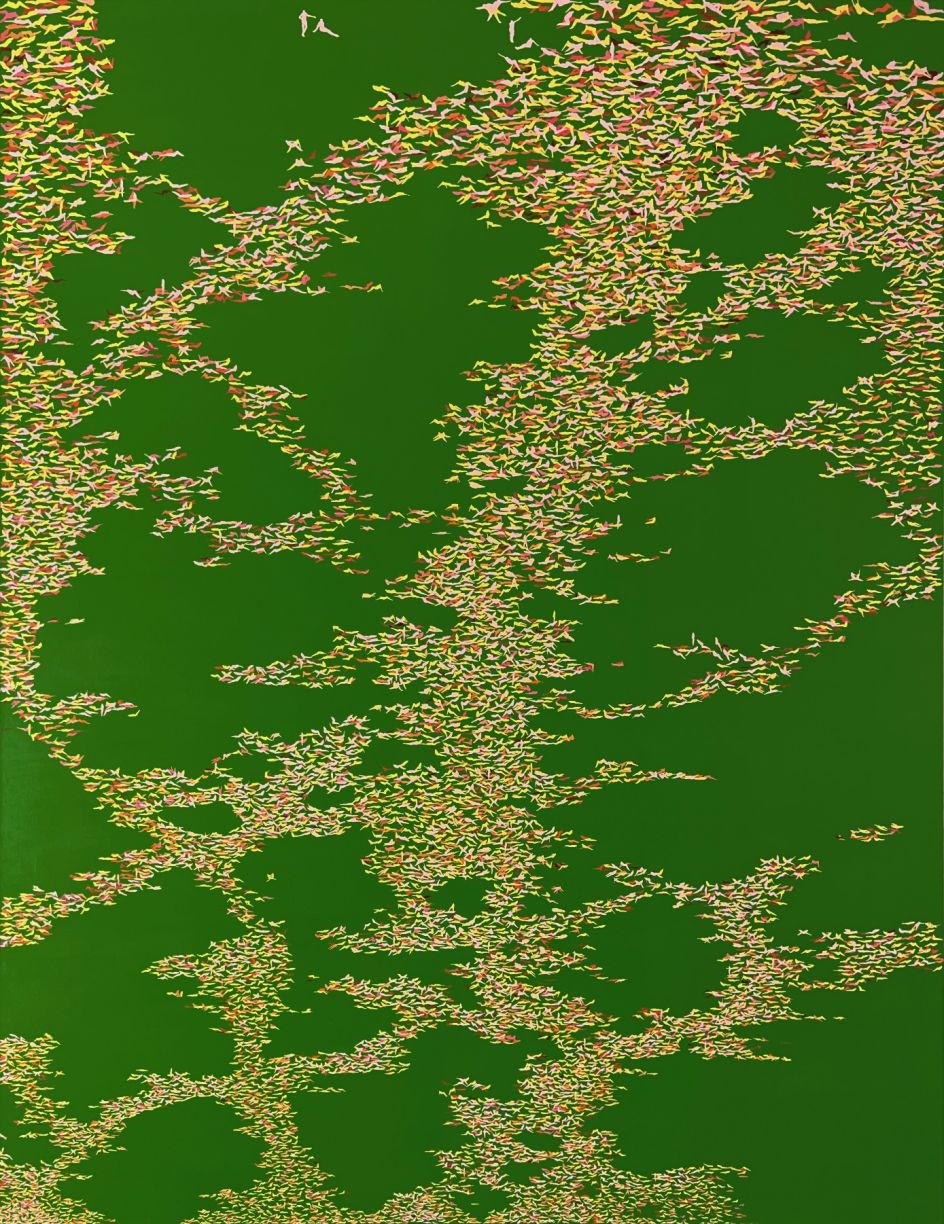
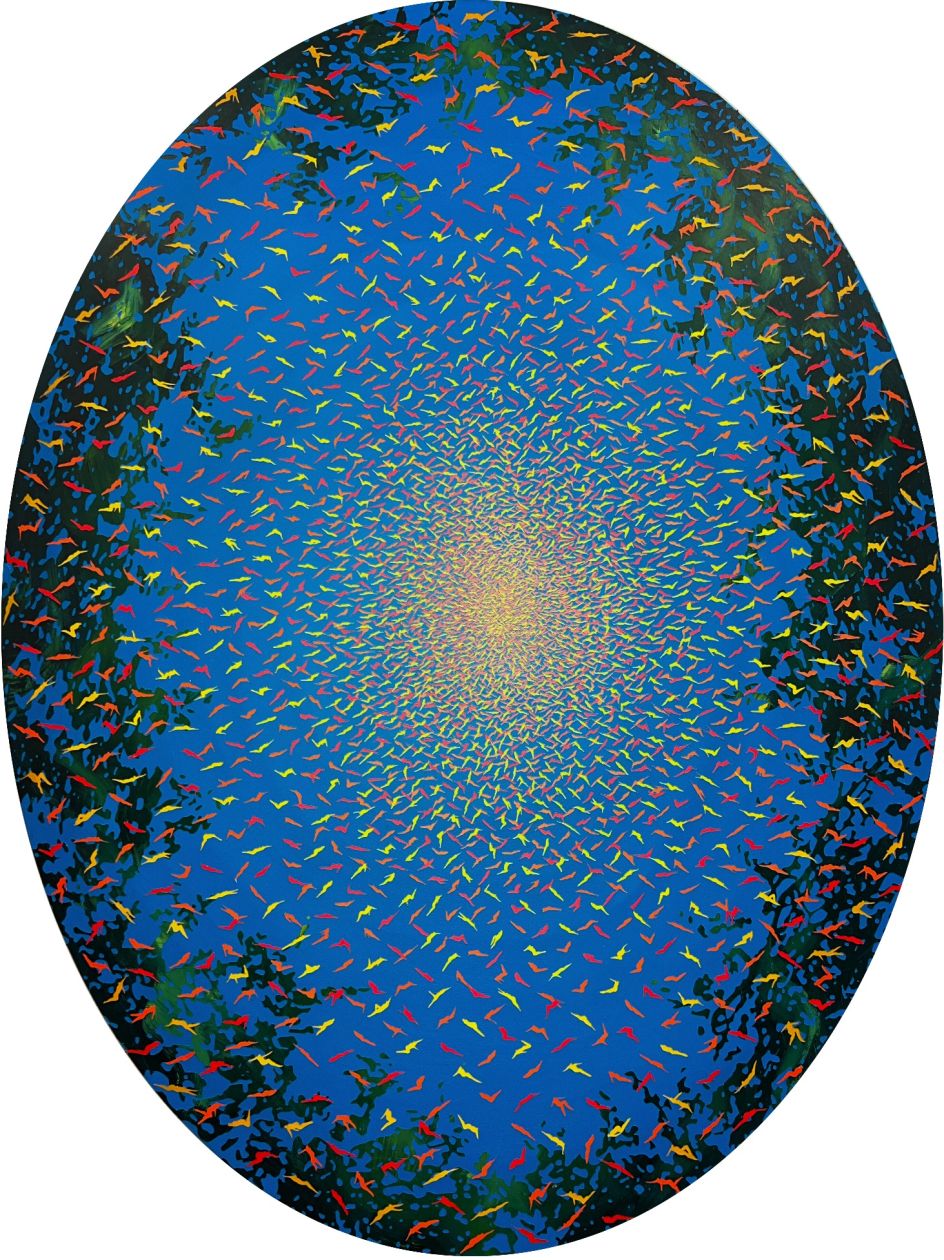
To create these mesmerising paintings requires a lot of planning and patience on Harry's part. Instead of cutting out individual figures, positioning them on a surface and fixing them down with an adhesive, Harry instead creates them out of tape. These can then be instantly stuck down, painted over, then removed to reveal the colour and figure shape underneath. As well as saving himself some time, this approach also provides Harry with total creative control. "I can move them around as I'm going, so everything's perfect."
Even with eight months lead time before the exhibition opened, the level of work involved required Harry to put in 12 to 14 hours days on occasion to remain on schedule. Speaking about the challenges involved with making his art, Harry reveals that it can be difficult when he's in a state of constantly applying the figures and thinking about where they are in relation to one another.
"To create the finished painting, that's the most difficult because for a lot of them. It ended up being gruelling when you're a little bit behind, and you really need to catch up. But peeling them off ends up being quite fun because you're seeing what's underneath."
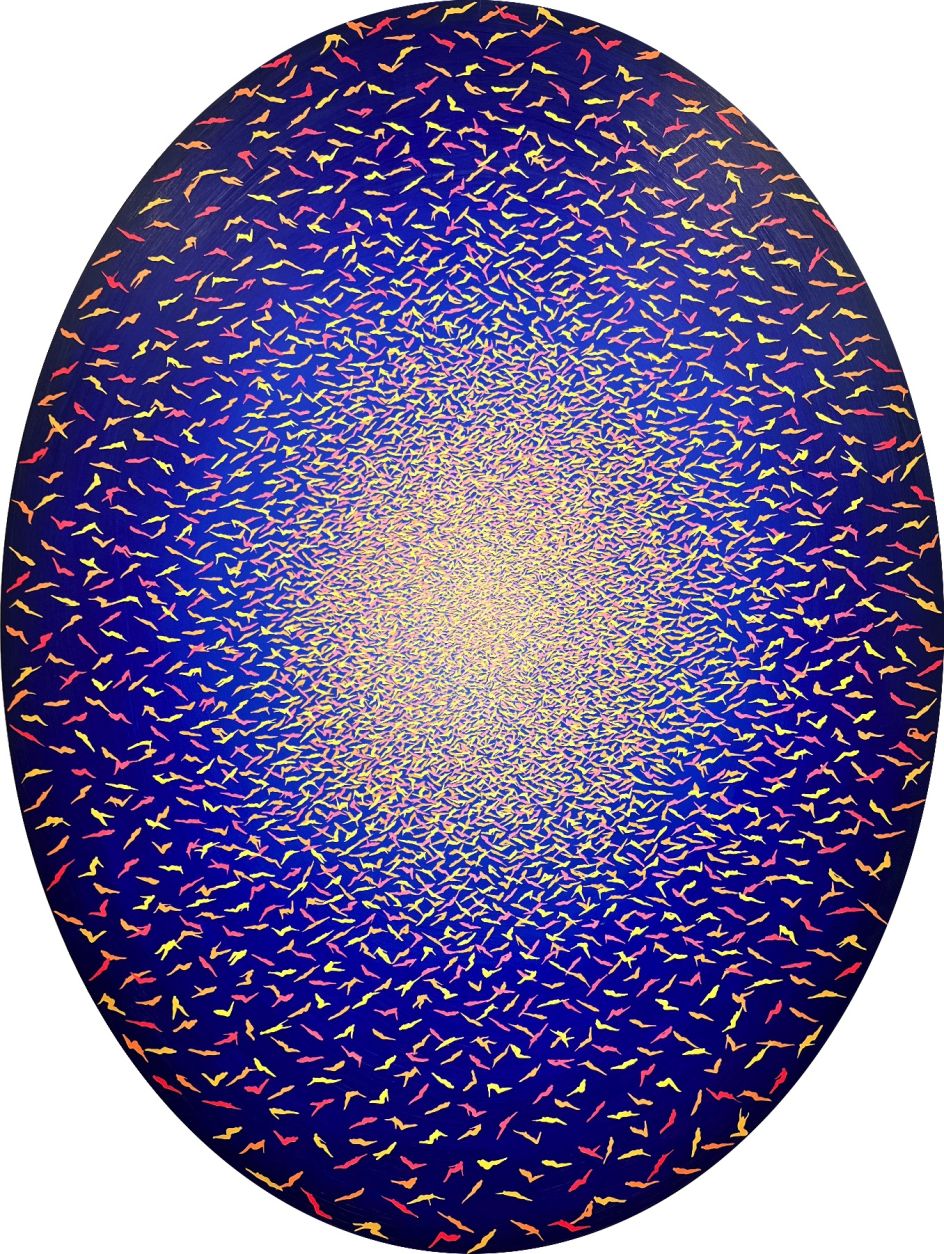
As well as featuring works from his central painting practice, Lubberland also includes two works from Harry's new 'Cotton Candy' series. These images represent something of a departure, as they see the artist tackle skyscapes via paper-based experiments.
Taking inspiration from David Hockney, who made images by blending paper, dying the cotton with pure pigment and pressing the strands back together, Harry has created soft and dreamlike skies that take on a tactile aesthetic that celebrates the materiality of the medium.




 by Tüpokompanii](https://www.creativeboom.com/upload/articles/58/58684538770fb5b428dc1882f7a732f153500153_732.jpg)


 using <a href="https://www.ohnotype.co/fonts/obviously" target="_blank">Obviously</a> by Oh No Type Co., Art Director, Brand & Creative—Spotify](https://www.creativeboom.com/upload/articles/6e/6ed31eddc26fa563f213fc76d6993dab9231ffe4_732.jpg)









